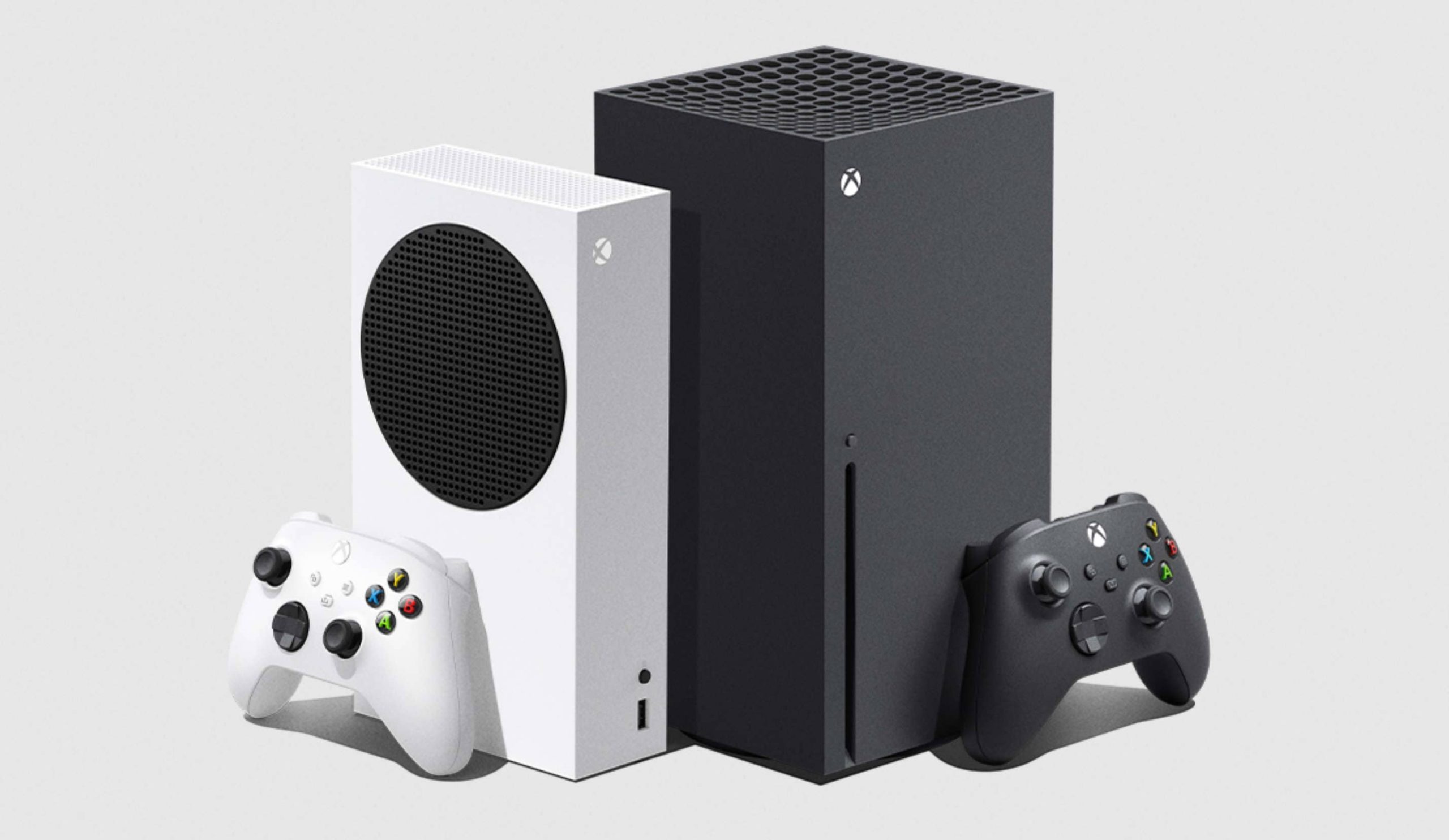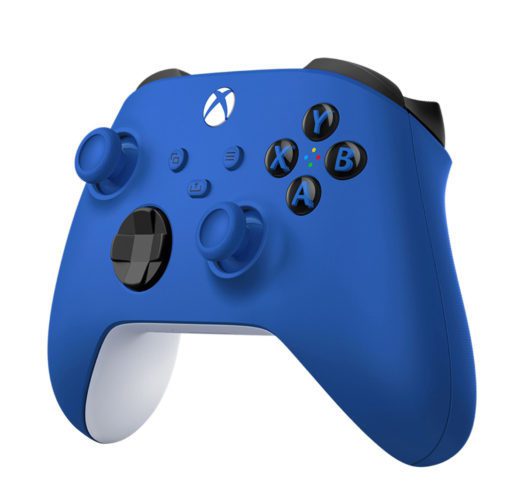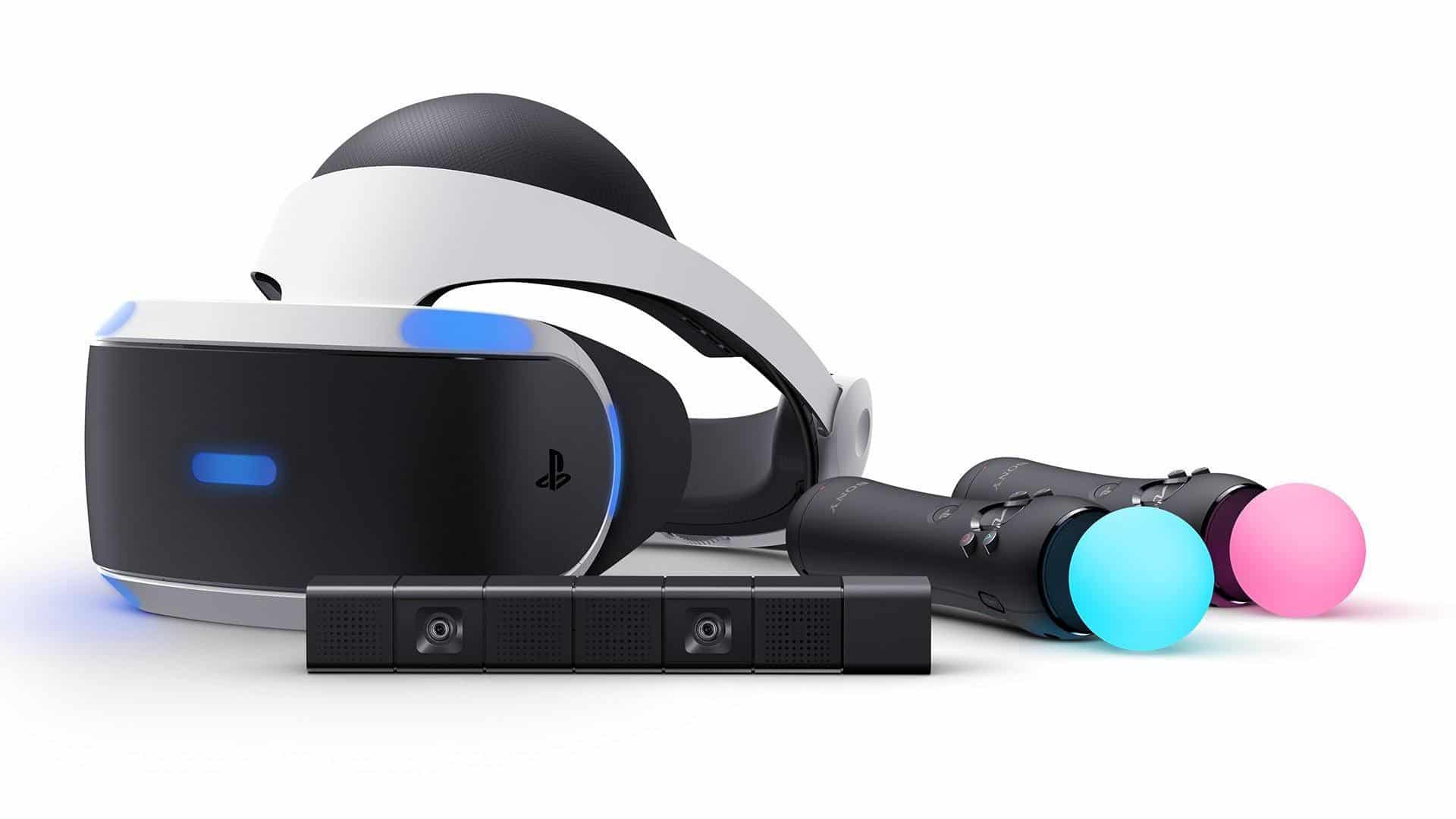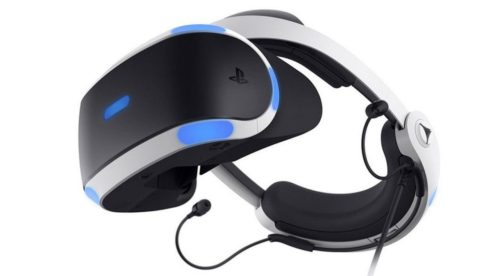THE ARRIVAL OF NEW HARDWARE PUSHES GAMES FORWARD

Written by Paul Welch
Last week we saw the successful release of three new models of video game consoles to the market; the Xbox Series X and S models and the PlayStation 5. Both are joining their respective console families, which were last released back in November of 2013. This lines up with the industry standard of about six to seven years between major releases. It doesn’t account for revisions and minor updates along the way like we saw with the PlayStation 4 Pro and Xbox One X, which brought noticeably more capability in terms of power to their generations but were still not enough to be considered a real generational step.





Both consoles have far quicker load times than their previous versions, which means everyone wins.
These new releases bring a lot to the table for console gamers left out of many significant steps forward in gaming that advancements in PC GPUs and monitors have brought to the industry. Of those steps, the most obvious is the 4k resolution standard for both consoles. While PC gamers have been enjoying many resolution choices to match the desired look and performance based on their hardware, console gamers have been locked into 1080p. At least until the Xbox One X and PlayStation 4 Pro iterations opened up 4k to some games. The support those iterations added depended on the game developers updating their games to support it and wasn’t considered the standard for that generation.
In contrast, it is front and center with the new generation of consoles as a core standard feature. The Xbox Series consoles also boast support for 1440p. The 1440p resolution is the standard middle ground of PC gaming resolutions between 1080p and 4k. It is an excellent resolution for many PC gamers when they want something higher than 1080p but don’t want to jump into the financial investment involved in achieving 4k gaming. Unfortunately, for now, PlayStation 5 does not support 1440p, but Sony has stated that if demand is there, then the console can be updated later to support it.


PlayStation 5



Xbox Series
Another great step forward for both consoles is the inclusion of SSD (solid-state drive) storage. While both consoles are implementing their upgrade paths for consumers differently, the outcome is the same, faster loading times for both the console’s operating system and the games themselves. Each console comes with built-in SSD storage, the Xbox Series X clocking at 1TB, while the PlayStation 5 brings 800GB. This doesn’t seem like a lot for modern gaming, considering current game installs can take up 150GB. Luckily both consoles support easy upgrade paths for consumers. The Xbox Series supports their own custom SSD adapters that plug directly into the consoles’ back to expand storage space. While the PlayStation 5 supports standard consumer PCIe 4.0 NVMe SSD devices. Obviously, the Xbox is a bit more user friendly and simple to upgrade; it isn’t hard to upgrade the PlayStation either. There has been a lot of back and forth amongst the fans on which system has faster load times, and that is still to be seen, but in the end, both consoles have far quicker load times than their previous versions, which means everyone wins.


Xbox controller


PlayStation controller
Probably one of the biggest changes consumers will notice is the controllers. This time around, Xbox decided to stick with its core design and only make some small connectivity and usability changes. The biggest changes to a player will be the new d-pad design, which should make it easier to use, and the addition of a share button that allows users to share activity, video clips, and more via social media. The rest of their changes are behind the scenes updates like the addition of USB-C and Bluetooth low energy. PlayStation, however, decided it was time to make a bigger step forward for controllers. They redesigned the rumble feature to work as a more precise haptic feedback system and changed the ergonomics of the controller a bit. Generally, the controller’s shape and layout are the same, but they bulked it up a bit this time, so it is slightly larger than its DualShock 4 counterpart. The most significant change made to the PlayStation 5 controller is the addition of the new adaptive triggers, allowing games to create a sense of resistance on both the L2 and R2 triggers. Imagine using the trigger to draw the string on a bow, and the further back you pull it, the more resistance you feel in the trigger, which would allow you to know exactly how much force you’re putting into your shot. The new level of interaction can create lots of new gameplay interactions, from feeding the user passive data to opening new puzzle designs and more.


PlayStation VR headset


One of the big questions circling the industry after the announcement of both new consoles was whether they would support VR. Sony quickly confirmed that the PlayStation 5 would support the original PlayStation VR headset and games. Still, it requires a special adapter, which they currently provide for free to users that register their headsets on their designated page here. There have been rumors that a new PSVR 2 headset is coming, but Sony hasn’t made any official announcements about when it might release or any of its specifications. Unfortunately, Microsoft has stated that they have no plan for VR support in the Xbox Series X’s future. There have been small findings in the code of a couple of Microsoft games that give fans hope of future support, but unfortunately, all that really tells us is they at least tried it or considered it at one point. With Microsoft already involved in the VR industry with its mixed reality (MR) headsets and HoloLens, it is a shame that they have no real plans to utilize it in their gaming department where it would likely get the most use and possibly help bolster their MR offerings. We can only hope they change their minds on this in the future.
With all these exciting updates and both pieces of hardware in fans’ and developers’ hands, we are very excited to see this new generation of hardware grow into its own just like every previous generation has.



